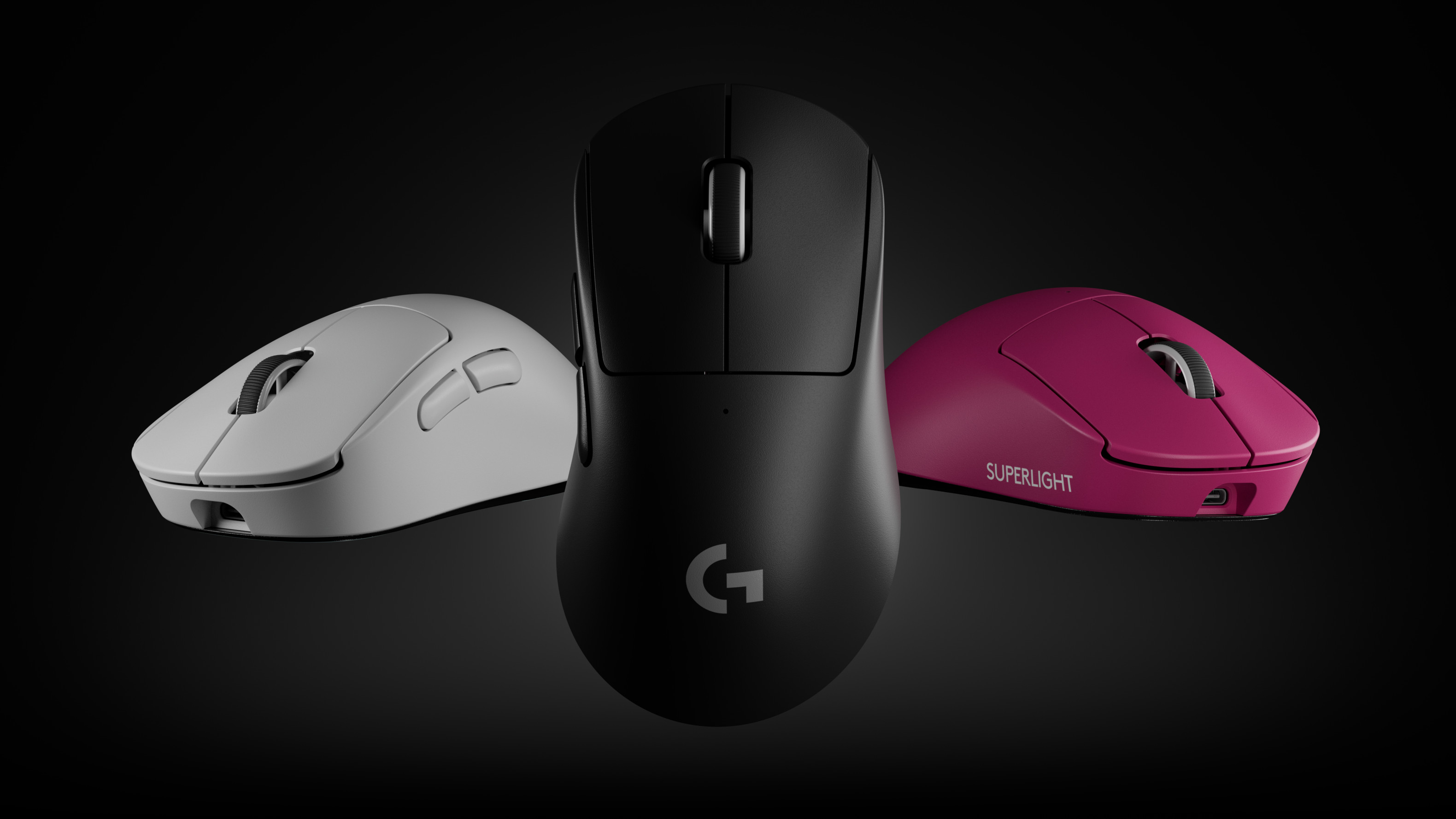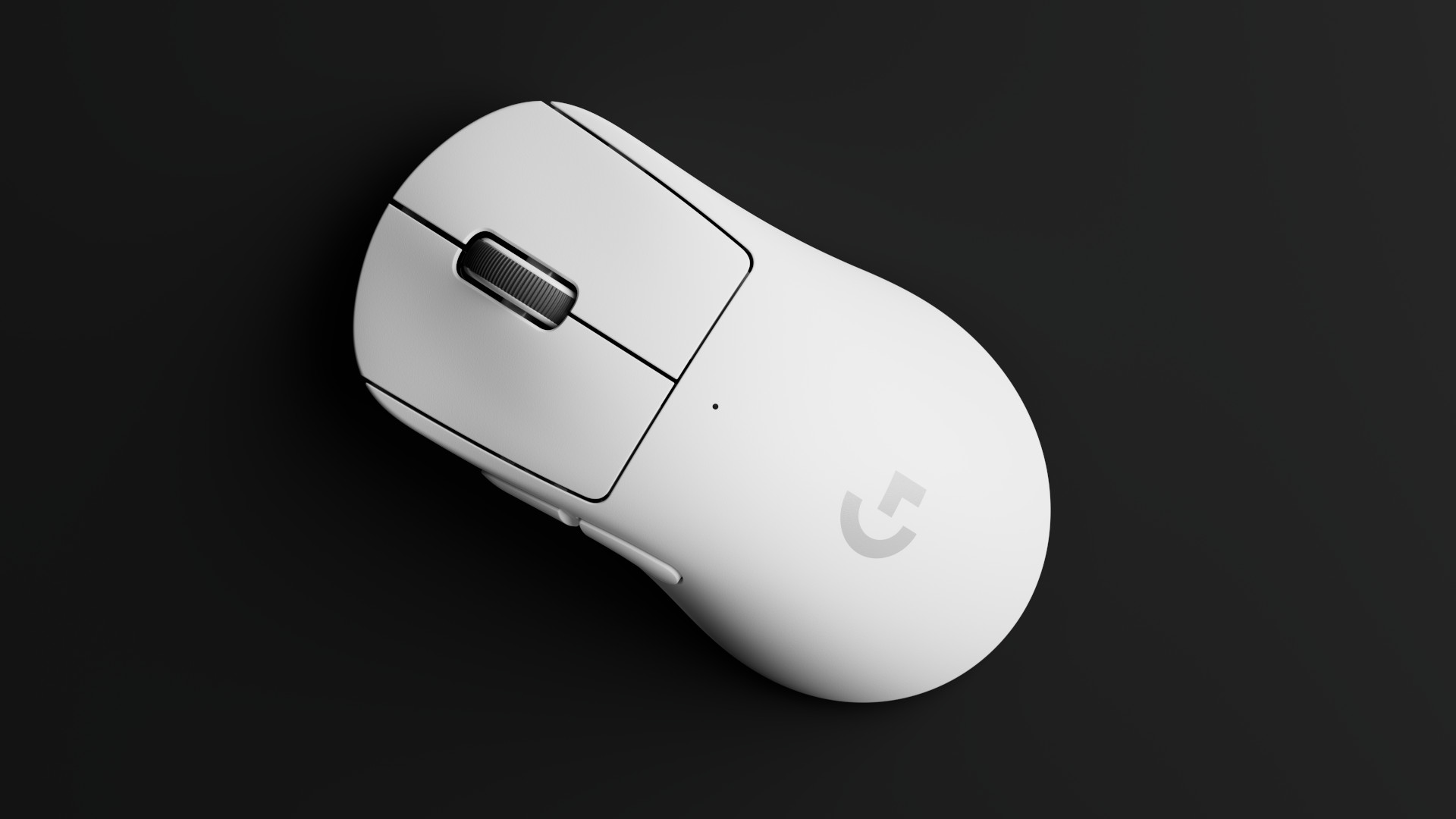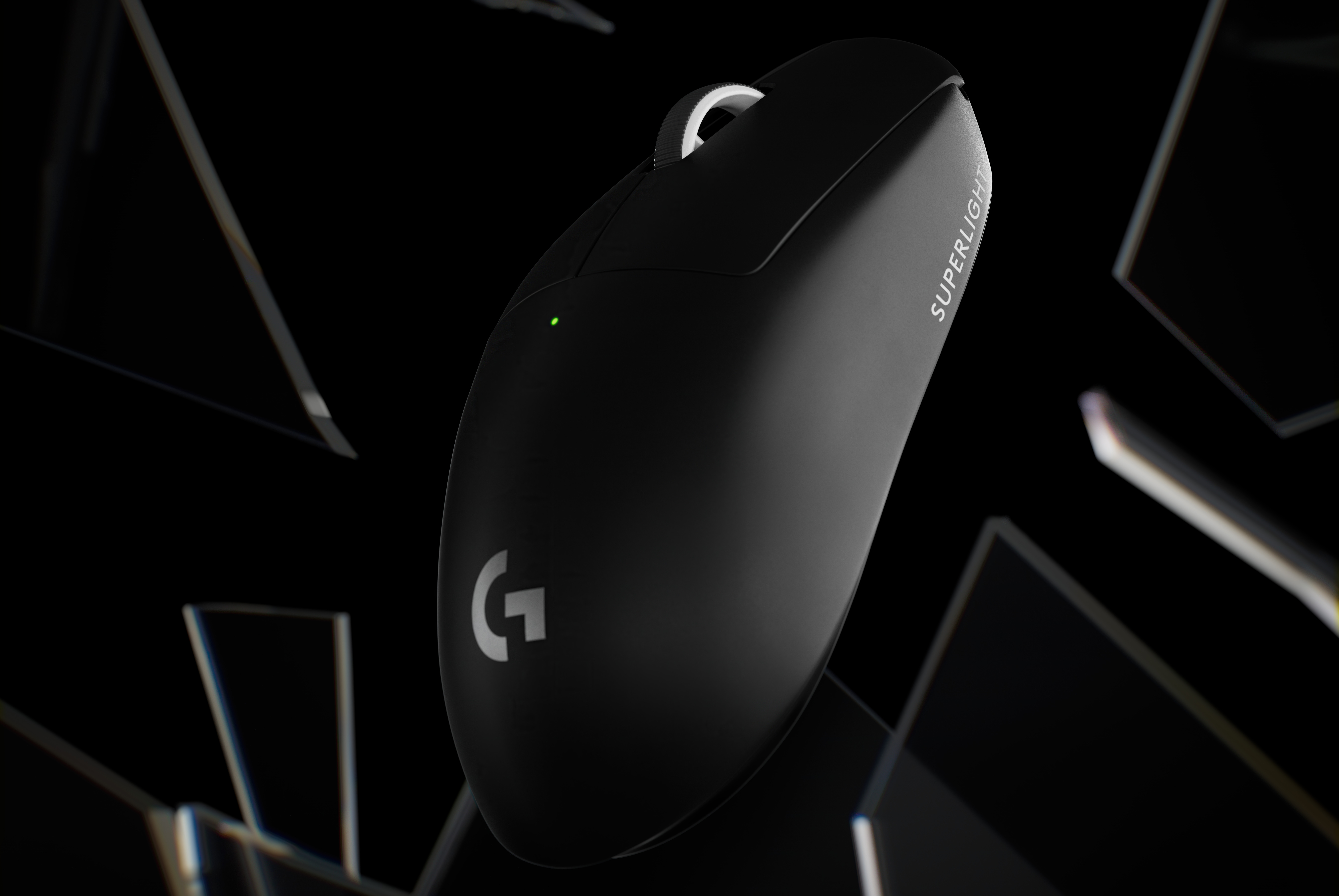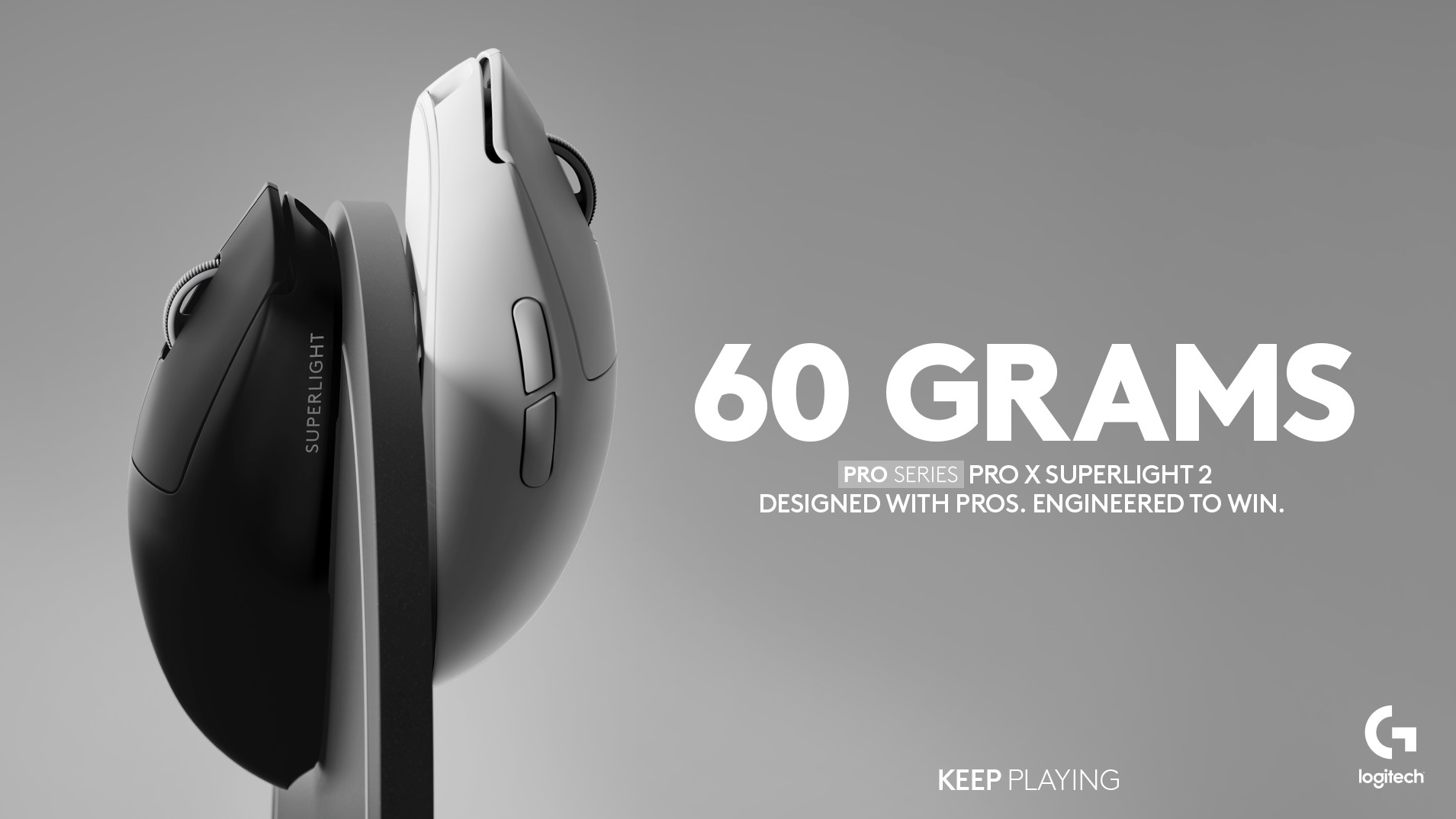Here’s why Logitech G’s gaming mice with the updated Hero 2 sensor could be perfect for those looking for their next victory

A ‘bad tradesperson always blames their tools’ is doubtless a familiar phrase (albeit the common wording is ‘workman,’ but come on, it’s 2025 now). The thing is, if you’ve recently had a tradesperson in your home to do some work, you might have noticed that if they’re good at their job, they almost certainly had high-quality tools. Those first-rate tools help them do that job well – you don’t paint expansive living room walls with a battered, tiny old brush that has worn bristles.
Similarly, if you’re a serious PC gamer – an esports professional, even, or an aspiring pro – you don’t use the bog-standard mouse you have at work for your matches in the likes of Valorant or League of Legends. You select a top-notch gaming mouse that allows you to play to the fullest extent of your capabilities, and when it comes to such peripherals, there are clear reasons to go with Logitech G.
Reasons that have meant top esports teams such as Navi, G2 Esports, Team Heretics and Team BDS are equipped with Logitech G hardware. These are outfits which have scored big wins, such as the PGL CS2 Major Copenhagen 2024 where Navi beat FaZe Clan, to pick one example from many.
Logitech G has made some telling advances with its gaming mice in recent times, as part of a drive to make these peripherals the fastest and most responsive around – all of which is tied up with the magic number eight, interestingly enough.

8/88/888 – numbers for the win
What’s so special about eight, then? Before that explanation, it’s useful to sketch out a quick background here. Since Logitech G introduced its Hero sensor – the sensor being the engine of the mouse, the component that sees and tracks the user’s movements with the device – and the company brought out its first Lightspeed gaming mouse in 2016, it has been on a mission to develop faster and more accurate gaming mice.
That ambition has resulted in a series of upgrades from the original Hero sensor to the Hero 25K, culminating in the Hero 2 sensor – each of those being more precise and responsive than the last.
Most recently, late in 2024, the Hero 2 sensor benefited from what Logitech G dubbed its ‘8/88/888 update’ and yes, those are the aforementioned magic eights. What that collection of eights refers to is the update upgrading the sensor in three ways: with a high enough framerate to support an 8kHz polling rate, capable of tracking at acceleration rates of 88G, and greater than 888 inches per second tracking.

Grateful eights
Breaking down those ‘8/88/888’ tech specs could go deep into a lot of frankly unnecessary technical weeds. That said, it’s clearly worth examining these specs in some detail, starting with that 8kHz polling rate.
The polling rate simply refers to the number of times per second that the gaming mouse reports its position to the PC it’s plugged into. 8kHz means 8,000 reports of the mouse’s position every second, or to look at it another way, eight packets of information on where the mouse is located – and other actions aside from movement, like button clicking – are sent every single millisecond. That’s key to achieving a very low level of latency, which can facilitate more precise tracking of the mouse’s position in any given game (based on the data being provided to the game having a greater level of accuracy).
And that ultra-low latency is augmented by the second figure, which is the 88 and this refers to the Hero 2’s update enabling the sensor to cope with an acceleration of up to 88G (G-Force). To put that in perspective, a fighter pilot can experience up to 9G during aerobatic manoeuvres, so this is almost 10 times that level. What this means in practice is that however fast the Logitech G mouse is whipped around the mousepad in fast-action situations – with, say, snap aiming in a shooter – it delivers a lower latency and more consistent experience with the Hero 2 sensor compared to rival products.
Then there’s the third figure which refers to 888 inches per second (IPS) tracking. This denotes the raw speed that any given mouse is capable of operating at – in other words, sweeping blazingly quickly across the mousepad without losing any information. The Hero 2’s 888 IPS is notably the highest in the industry, and Logitech G claims it’s 20% faster than the closest rival gaming mouse – easily fast enough for even top echelon pro gamers.

Logitech G Pro gaming mice
At this point, if you’re sold on the idea of a Logitech G mouse as the ideal companion to help further your professional gaming ambitions, your next question might be: What particular model should I buy?
The top-tier of Logitech G’s gaming mice that boast the mentioned Hero 2 sensor (now furnished with that important 8/88/888 update) are the Logitech G Pro X Superlight 2, Pro X Superlight 2 Dex and the Pro 2 Lightspeed.
(Although note that the Pro 2 Lightspeed doesn’t come with 8kHz polling as standard – it has 1kHz by default, but you can upgrade to 8kHz by purchasing the separate Pro Lightspeed receiver).
As the Pro naming indicates, these are the choices of professional gamers when it comes to Logitech G’s line-up, and they are all wireless gaming mice. So, if you don’t like the feeling of an attached cord when it comes to fast flicks to snap off a quick headshot, you don’t have to worry about that.
Moreover, if you’re concerned about a wireless connection somehow not being as robust or responsive as a wired cable – don’t be. Logitech G has worked hard to ensure a reliable wireless connection with its gaming mice, and its Lightspeed peripherals are thoroughly tested in a full RF (radio frequency) validation process. These products are designed not just to work well in the home, but also to cope with wireless signal-dense environments like a LAN tournament in a huge arena setting.

With all of these Logitech G Pro Series mice you also get wireless charging (when paired with the PowerPlay system), and on-board memory profiles to save your settings. There’s also RGB lighting and an ambidextrous design with the Pro 2 Lightspeed.
There are, of course, other gaming mice in the Logitech G range, including the popular Logitech G502 X Plus as another premium option. There are alternative choices for those with tighter budgets, too, such as the Logitech G309 Lightspeed, which is a very well-regarded low-cost gaming mouse.
If you’re a pro gamer, or you hope to be one day – or maybe you’ve just got a highly competitive mindset when it comes to your online gaming – Logitech G has got you covered with mice that deliver in terms of speed, responsiveness, and accuracy, not to mention reliability.
Sign up for breaking news, reviews, opinion, top tech deals, and more.